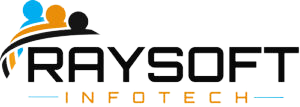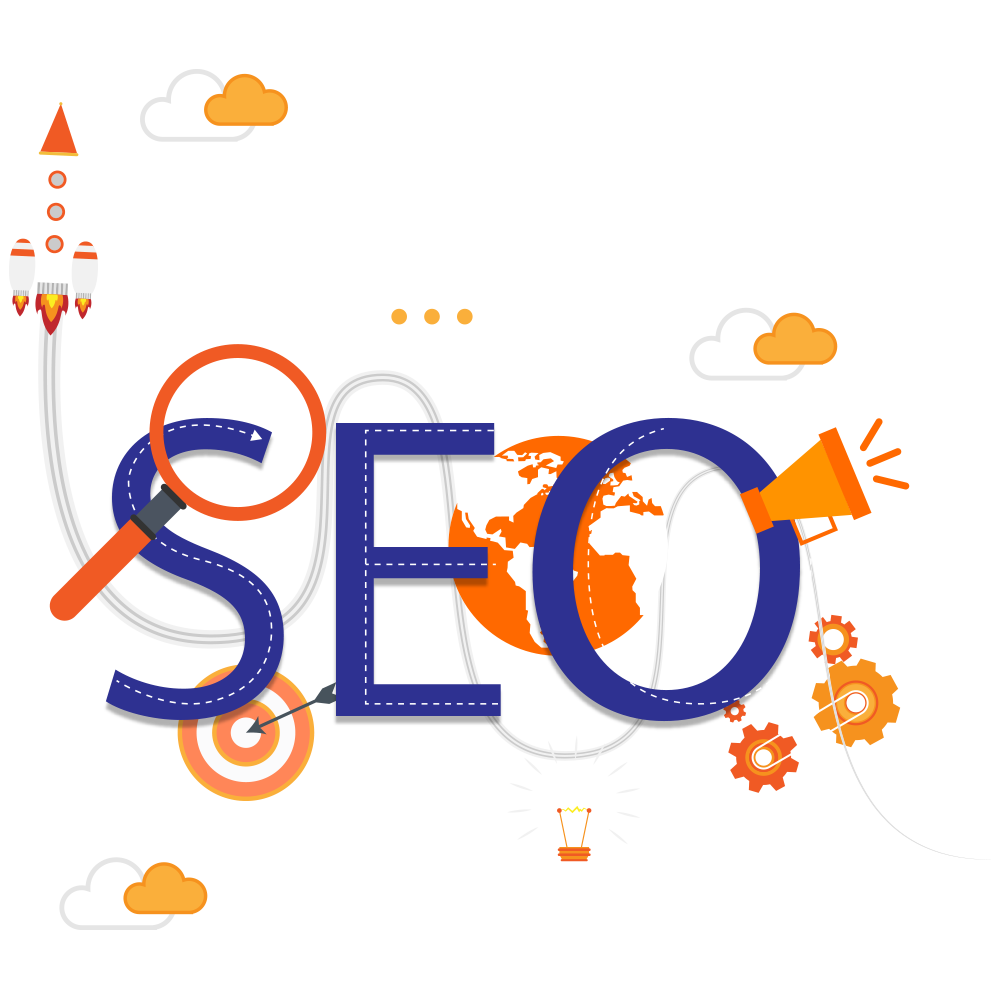What is Web Development?
We all live in a world full of wonders, and web development is one of them. Every single day, something new blooms out of nowhere. The creation of websites increased to 2,52,000 per day. More or less 175 websites are designed for a minute.
Web development is the process of building a website or web page from scratch. It’s also called “web programming,” which means creating, building, and maintaining a website. Web designing, publishing, and database management are also aspects of web development.
Web development is something that happens behind the screen to create a dynamic website that looks amazing, performs well, and provides a seamless user experience.
In this blog, you’ll learn what is web development, web development tools and technologies, types of web development, and the difference between web development and web designing.
We create inspired websites that entice your customers and expand your brand identity. Here’s your chance to create the site of your dreams.
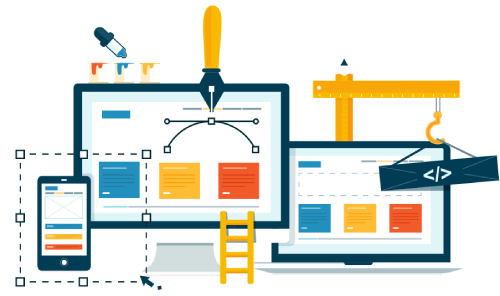
Most Popular Web Development Tools
The first and most important thing to do is to have a clear idea of what your site is all about. Define your niche. If you want to build a blog site, choose a niche that is broad and with lots of subtopics to add as you go. Pick a topic that you’re passionate about.
Here I’ll list down a few of the best web development tools for you.
GitHub : The GitHub platform allows developers to store, collaborate on, and create software projects.
Sketch : Sketch is primarily used for designing the user interface (UI) and user experience of web applications and mobile apps. It’s the best tool for iOS, Android, and web design.
CodePen : CodePen is one of the most notable code editing programs for coders around the world.
Saas, AngularJS, TypeScript, JQuery, Sublime Text, Bootstrap, Grunt, Chrome DevTools, NPM, and Visual Studio Code are also, some of the best web development tools for web developers.
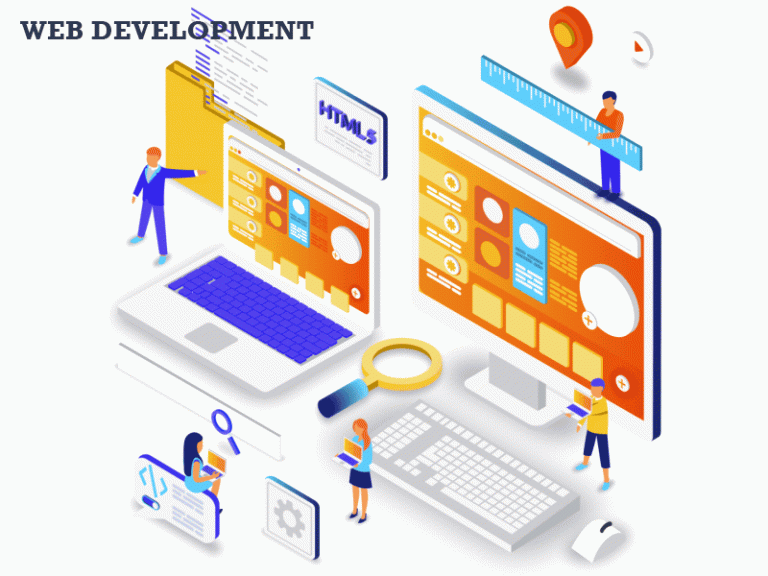
Web development Technologies
To have a better knowledge of web development, you should have a basic understanding of some of the common technologies used in web development.
Here I’ll list the common web development technologies for you to walk through.
Browsers
Browsers request information from the web server. Then, process the collected data on the screen so we can read and understand it. Google Chrome, Firefox, and Safari are examples of browsers.
Programming languages
Over 500 different programming languages are available. Wikipedia lists 700 programming languages alphabetically on its site. Programming languages are a gateway to communicating with computers.
HTML
HyperText Markup The language known as HTML is the fundamental technology of web development. It structures the whole website.
CSS
Cascading Style Sheets, or CSS. It helps developers design the fonts, colors, and animations on the site.
Frameworks
Generally, a framework is a foundation on which a structure is built. Web frameworks are phenomenal for the process of web development. Front-end frameworks are for designing the user interface of an application or website. Back-end frameworks are used for designing the back end of a website that processes the front end properly. Angular, Vue.js, React, jQuery, and Ember are some of the front-end frameworks. Ruby on Rails, Laravel, Express.JS, and Flask are backend frameworks. Django is used for both front-end and back-end development.
Libraries
Libraries are a collection of codes that allow all functionality without having to write a single code.
Databases
A database is where all data are stored. Data are organized, stored, and managed by Database Management System(DBMS).
Server (Server-side)
A server is a piece of computer software or hardware that stores code. The server receives requests from other devices and responds back to the client-side server.
Client (Client-side)
The client side refers to the user of an application. The client refers to someone like you and me behind any device. It is possible for multiple users to interact with the same server or application at the same time.
Frontend Development
Front-end development is all about creating, developing, and designing a website that the user finds easy to interact with. The front end compiles HTML, CSS, and JavaScript.
Backend Development
Back-end development is everything that a user can’t see or interact with that happens behind the screen. It focuses on building and maintaining technologies that keep the front end alive.
Protocols
Protocols are a standardized set of rules that instruct how to format and process data to and fro between devices. Some of the notable protocols are HTTPS (Secure Hypertext Transmission Protocol), TCP/IP (Transmission Control Protocol/Internet Protocol), SMTP (Simple Mail Transfer Protocol ), and DNS (Domain Name System).
Data formats
Data formats describe how data is structured in a database. JSON, XML, and CSV are the most popular data formats.
API
Application Programming Interface is abbreviated as API. Typically, an API is created by the developer of a particular application, which allows other developers to integrate. Developers only reveal the "endpoints," which act as the input and output of software or an application. This allows them to use the app or software features without sharing a code.
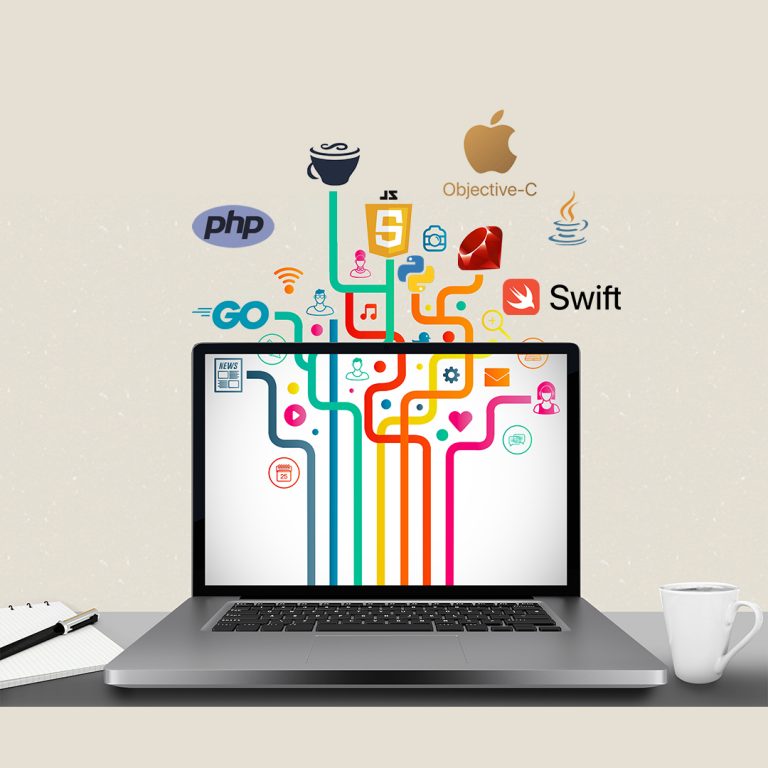
Web Development Languages
Python
Python is a high-level programming language that supports object-oriented, structured, and functional programming. It’s widely used to develop websites and software, automate tasks, and even data analysis can be done.
Java
Java is a high-level, object-oriented programming language. You can build web apps, mobile apps, desktop apps, and games with the help of Java. It’s widely used to develop websites and software, automate tasks, and even data analysis can be done.
Ruby
Ruby is an open-source programming language designed to focus on productivity and simplicity. Ruby’s major purpose is to build web applications. It’s broadly used for data processing, crawling, web scraping, and building servers.
JavaScript
Javascript, also known as "JS," is one of the most popular programming languages in the web development world. Javascript scripts the behavior of web pages. HTML and CSS allow you to structure and style web pages. Javascript lets you create an interactive web page. JS is a text-based programming language that works on both the server and client sides.
Go
Go is also known as Golang or the Go language created by Google. It's a statically typed, compiled, and open-source programming language that helps developers build reliable, simple, and robust software.
CoffeeScript
CoffeeScript compiles to JavaScript. It’s a lightweight programming language. CoffeeScript was influenced by Python, JavaScript, Ruby, and YAML. It also influenced languages such as LiveScript, JavaScript, and MoonScript.
PHP
According to W3Techs, 78.8% of websites use PHP on their server end. PHP was originally derived from "Personal Home Page Tools," but now it stands for "Hypertext Processor." PHP is a widely used server scripting language for web development. It's a statically typed, compiled, and open-source programming language that helps developers build reliable, simple, and robust software.
Swift & Objective-C
Swift
Swift is an open-source programming language developed by Apple for developing iOS, macOS, tvOS, watchOS, and macOS apps and software.
Objective-C
Objective-C is an object-oriented, general-purpose programming language.
It’s dominantly used in iOS and macOS operating systems and applications.
Types of web development
If web development is an ocean, the front end is the surface, the back end is the depth of the sea, and the full stack is like swimming on both.
Front-end Development
Back-end Development
Full Stack Development
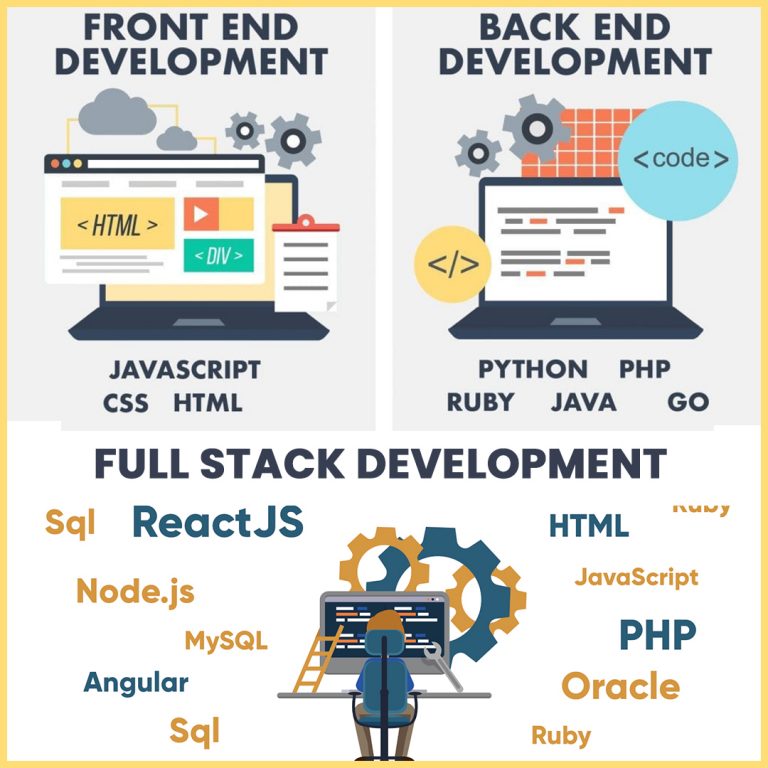
Frontend Development
Front-end development refers to the things that you can see, use, and interact with on the website.
Front-end development is collecting information and data from the server side and converting them into a user interface using HTML, CSS, and JavaScript.
The roadmap to frontend development involves understanding what the internet is, knowing HTML, CSS, and JavaScript, and structuring, designing, and giving functionality to the website.
Backend Development
The backend is the backbone of any website because it helps the front end function correctly. Back-end development includes databases, back-end logic, APIs, architecture, and server maintenance for a website.
The road map to backend development starts with basic front-end knowledge, OS knowledge, and general knowledge. Select a language with good knowledge of databases, APIs, GitHub, and web security knowledge.
Fullstack Development
Full-stack development includes structuring, designing, organizing, and managing the databases of a website. In simple words, it’s the blending of both front-end and back-end development.
Web Development vs. Web Design
You may have heard about “web designing,” which is closely associated with web development. But there’s a line between them that keeps them distinct from one another.
If web design is the body, web development is the heart.
Web design focuses on the visual aspects, user interactions, and creativity. whereas web development prioritizes building and maintaining the structure and functionality of a website.
HTML, CSS, and JavaScript are the three most common and basic programming languages in web development.
Wrap Up
This just doesn’t end here!
Having your site live is the end of the process. That said, is the greatest myth you’ll ever hear.
Web development is a heartbeat that keeps the site alive. Every beat counts. A website should be up-to-date with content, plug-ins, service or product updates, and security extensions to keep pace with the trend.
